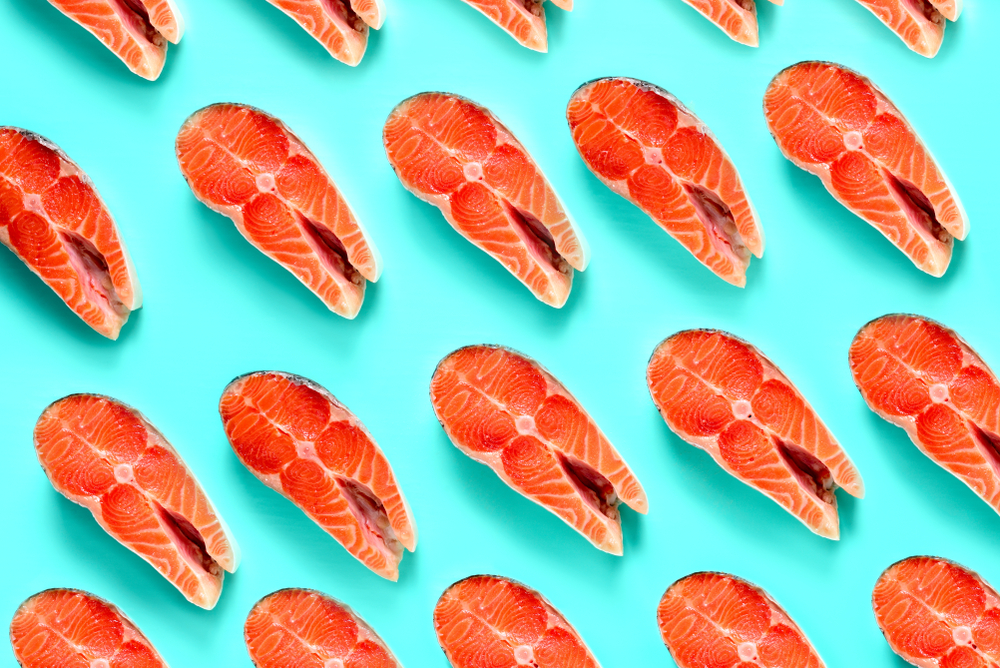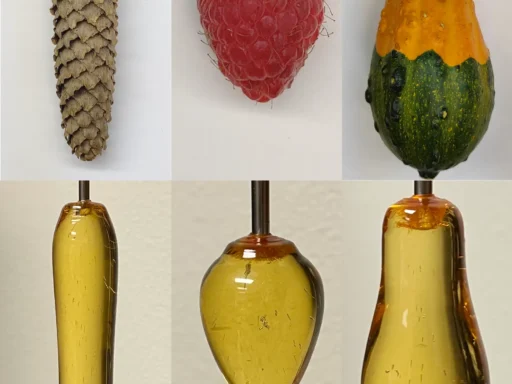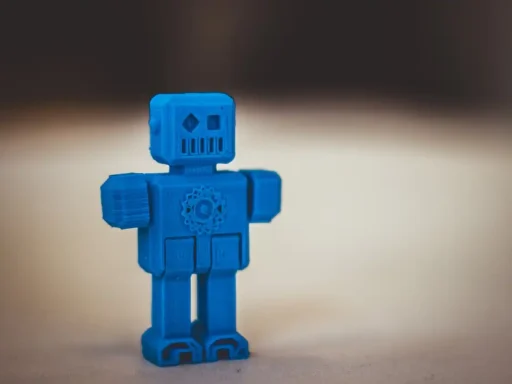In a groundbreaking innovation that challenges traditional seafood offerings, Revo Foods has introduced “THE FILET – Inspired by Salmon,” a 3D-printed vegan salmon filet, to Austrian supermarkets. This culinary innovation represents the first-ever 3D-printed vegan seafood and the inaugural 3D-printed food product to hit supermarket shelves. The move is a response to alarming environmental concerns, with almost 60% of global fish stocks currently overfished. Revo Foods aims to offer a sustainable alternative without pressuring marine populations.
Beyond merely replicating the taste, the challenge for 3D-printed seafood lies in achieving the genuine texture of fish. To this end, Revo Foods has created their vegan salmon from a mycoprotein derived from filamentous fungi. This ingredient not only captures the authentic feel of salmon but also packs a nutritional punch, earning the product a laudable Nutriscore rating of “A.”
The adaptability of 3D printing technology allows producers to fine-tune flavor, texture, and nutritional value. As a result, 3D-printed fish can offer benefits like low cholesterol and an absence of the usual pollutants found in their natural counterparts.
Perfection in 3D-printed fish involves continuous innovation. Revo Foods, in its quest for the quintessential fish experience, has pioneered an innovative extrusion process. This process promises consumers the much-loved “flakiness” of fish filets. Furthermore, the company’s groundbreaking 3D-MassFormerTM technology enables the first continuous production method for 3D-printed food, hinting at a promising future for the industry.
Robin Simsa, CEO of Revo Foods, succinctly summed up the venture: “We are entering a creative food revolution, shaping the future of food itself.”
Consumer acceptance will determine the trajectory of 3D-printed fish in the market. Given its potential applications, from everyday meals to emergency rations, the future certainly looks promising for 3D-printed seafood.





